#archie mayo
Text


John Barrymore and Marian Marsh in Svengali (1931).
92 notes
·
View notes
Text
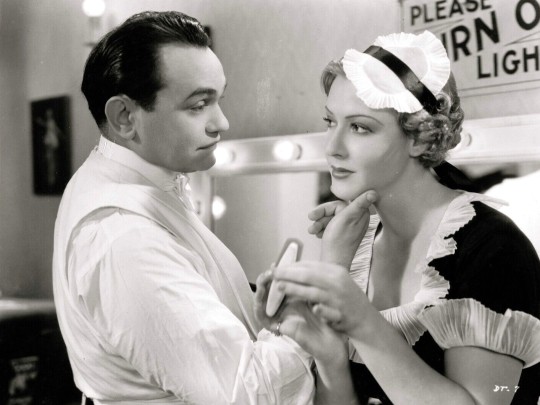
Edward G. Robinson-Mae Clarke "El hombre de las dos caras" (The man with two faces) 1934, de Archie Mayo.
28 notes
·
View notes
Photo


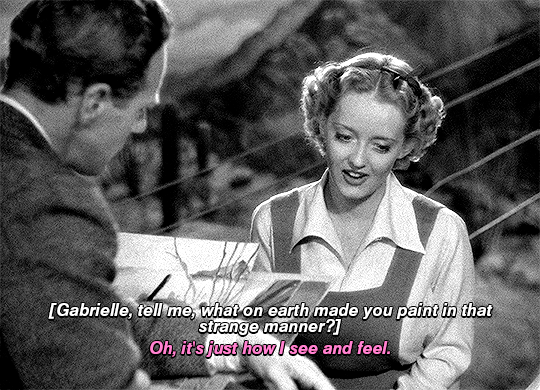



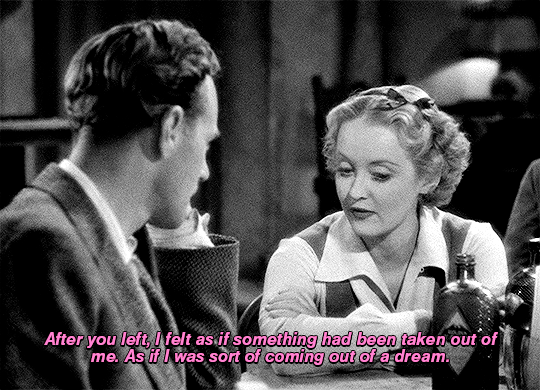

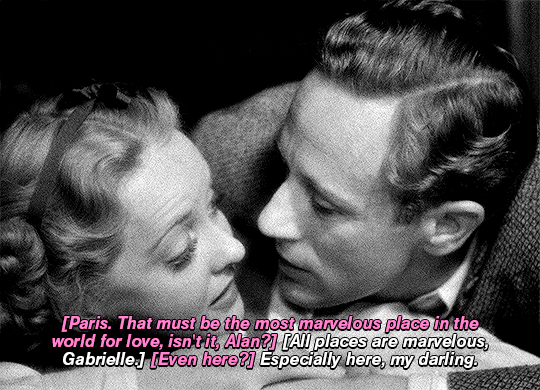

—Please come sit down, Gabrielle. You see...I've got to tell you now that I love you.
—Alan...
—I tell you solemnly...you're the first person I ever loved in my life.
—Alan, they're all staring at us.
—I know, but you've got to believe and remember...because, you see, this is my one chance of survival. I told you about that major artist that's been hidden. Well, I'm transferring him to you. You'll find a line in that poem of Villon's that fits that. Something about: Thus in your field my seed of harvestry will thrive...Well, I've provided barren soil for that seed, but you'll give it fertility and growth and fruition.
...
—I told you I was looking for something to believe in, worth living for and dying for. Well, I... I believe I found it...here in the valley of the sh-
—Alan, what have you found?
—I don't know.
BETTE DAVIS and LESLIE HOWARD in THE PETRIFIED FOREST
—dir. Archie Mayo (1936)
#bette davis#leslie howard#archie mayo#the petrified forest#1936#1930s#classicfilmsource#uservintage#filmgifs#usertimeless#moviegifs#oldhollywoodedit#classicfilmblr#classicfilmcentral#cinemapast#romancegifs#dailyflicks#old hollywood#classic hollywood#*gifs
702 notes
·
View notes
Text


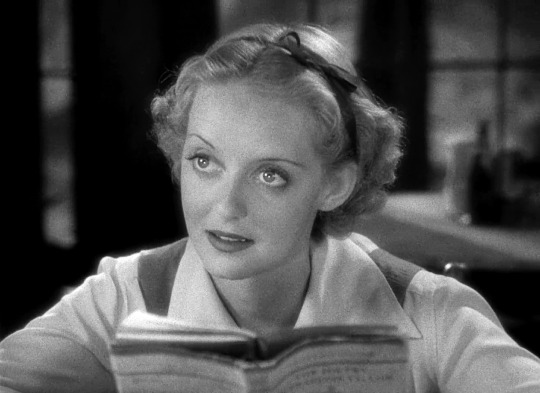
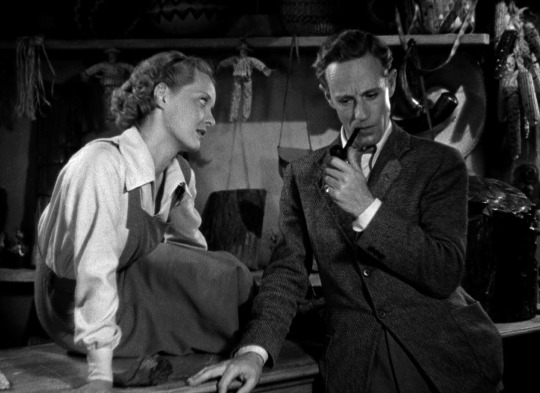
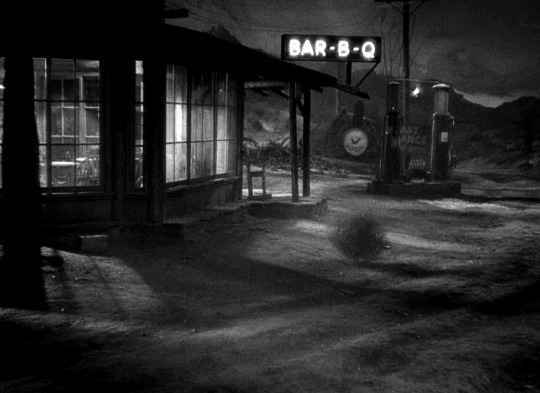




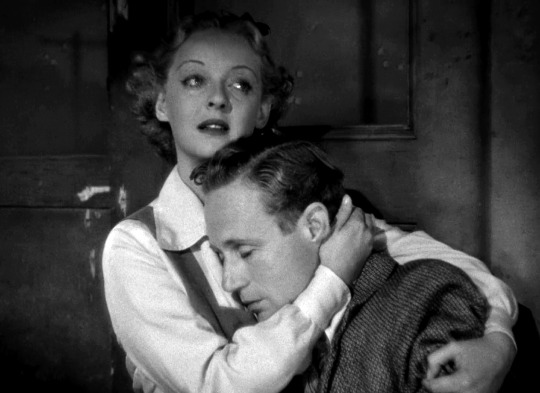
The Petrified Forest (1936)
#the petrified forest#the petrified forest 1936#archie mayo#bette davis#humphrey bogart#leslie howard#porter hall#charley grapewin#1930s#1936#filmedit#film#cinema#movies
34 notes
·
View notes
Text
BLOGTOBER 10/13-14/2023: THIRTEEN WOMEN, SVENGALI

I really loved this. I wonder what the book is like, I might have to read it! Author Tiffany Thayer sounds like a pretty interesting guy as per this collection of provocative reviews on Wikipedia:

I don't know about you, but that makes me want to read everything he wrote. THIRTEEN WOMEN concerns a circle of grownup sorority sisters who are beset by an anomalous series of murders and suicides. It so happens that all of the women recently received damning horoscopes in the mail from a self-styled New York Swami--but the Swami himself is just a pawn in a greater conspiracy masterminded by Ursula Georgi (Myrna Loy). The master hypnotist has a bone to pick with these smug society ladies, which I am about to spoil so plug your ears if you'd rather watch the movie first (and you should! It's only an hour long): As a half-Javanese girl "saved" by a missionary who sent her to a western finishing school, Ursula believed the key to her future was to pass for white. Therefore, she's vowed revenge on the racist sorority that rejected her in college, and honestly the revenge she has plotted should have earned her an honorary PhD. It's hard to imagine that either a 1930 novel or a 1932 movie really mean to say "fuck racism" so frankly, but the sharp premise and Myrna Loy's incredible charisma make it hard not to side with the ostensible villain in this picture.

Some people have remarked that THIRTEEN WOMEN is an early iteration of the slasher movie, with its female ensemble (of sorority babes no less) being picked off one by one. To me it was more reminiscent of the cursed media motif familiar to J-horror. Maybe I'm just saying this because I rewatched RINGU this Blogtober and I was encouraged by the documentarians behind THE J-HORROR VIRUS to consider its influence on SMILE, which I also rewatched, and which I'm realizing I love. The victims in THIRTEEN WOMEN have signed a round robin chain letter, for which they each receive a star chart describing their imminent doom; the power of suggestion takes the place of power tools here, with Ursula's sheer force of will acting as a free-floating contagion that rots the guilty and weak from the inside out. I was reminded of movies like RINGU and JU-ON as much as of Jorg Buttgereit's DER TODESKING, an experimental horror film about a chain letter that causes its recipients to self-destruct. It's fun to think that THIRTEEN WOMEN is a progenitor of movies like BLACK CHRISTMAS, but I see reflections of it elsewhere, too.

I wound up pairing this with SVENGALI just because they're both hypnosis movies, but that movie turned out to have its own racial tensions. In George du Maurier's foundational 1894 novel Trilby, the evil hypnotist is explicitly Jewish; in Archie Mayo's 1931 adaptation, Svengali is referred to abstractly as "Polish or something", which seems to be a euphemism for a Semitic Eastern European identity. This might not invite such analysis if it weren't for the styling of John Barrymore as a swarthy, rodent-like embodiment of greed. When I say that, it sounds pretty negative, but I'd still insist that SVENGALI is a great movie well worth seeing for its perverse humor, surprising grimness, expressionistic design (courtesy Anton Grot), and unusual horror elements--in addition to Barrymore's unforgettable performance.

I guess there has been some debate over whether SVENGALI is properly a horror movie, and I refer you to author Tony Burgess who once said that if you have to argue about whether or not something is a horror movie, then it's probably a horror movie. The only causes to argue are if you insist on an extremely narrow definition of horror to guide your personal consumer habits, or if you're squeamish about admitting that you've ever enjoyed or respected anything that falls under the horror umbrella (and I tend to think the latter case is more prevalent). Admittedly, SVENGALI blends comedy, romance, and musical elements such that the viewer is never quite sure how dark things will get until the very end, but I think that anyone should be able to see the horror in the incredible sequence of the eponymous villain sending his disembodied consciousness through the CALIGARI-like city to possess the unwitting Trilby (played by Marian Marsh who must have been the most adorable person alive at the time). A few different visual effects are used to evoke Svengali's power, some of which are still modern-looking and scary, and the film's breezy humor and charm do not promise any particular safety.

On some level, the aura of antisemitism and xenophobia itself lets us know we're in horrific territory. This is the genre of fears, rational and irrational, where we face whatever society perceives as threatening. Today we're in the midst of a lot of arguments about whether or not "separating the art from the artist" is ever appropriate, with full cancellation of the art AND artist positioned as the only alternative, but both of these options suggest that we must never have to face immorality, ambiguity, or ambivalence in art at all; we're forced to either avoid it or ignore it. This denies us the opportunity to understand what these darker emotions consist of, and understanding is the only way to defang them. Personally, I don't think it's any more helpful to condemn e.g. Dracula or the Wicked Witch of the West for their bigoted elements, than it is to simply pretend those things aren't there at all. SVENGALI provides us with a similar opportunity to confront antisocial phobias, with its troublingly caricaturesque villain and the unavoidable fascination one feels when his hypnotic gaze projects itself at us from the screen. Recommended viewing.

#blogtober#2023#horror#thriller#slasher#adaptation#racism#thirteen women#george archainbaud#tiffany thayer#myrna loy#svengali#trilby#george du maurier#archie mayo#john barrymore#marian marsh#pre-code#anton grot
18 notes
·
View notes
Text

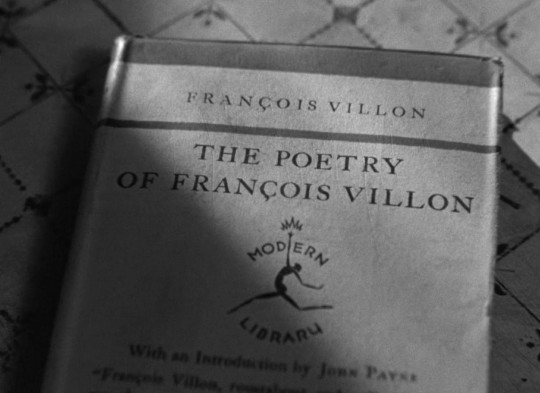
The Petrified Forest (1936) by Archie Mayo
Book title: The Poetry Of François Villon (1933) by François Villon
Post submitted by @carnageandculture
#the petrified forest#archie mayo#bette davis#books in movies#the poetry of françois villon#françois villon#french poetry
41 notes
·
View notes
Text

#movies#polls#angel on my shoulder#paul muni#anne baxter#claude rains#archie mayo#fantasy#ended#result: unheard of
6 notes
·
View notes
Text

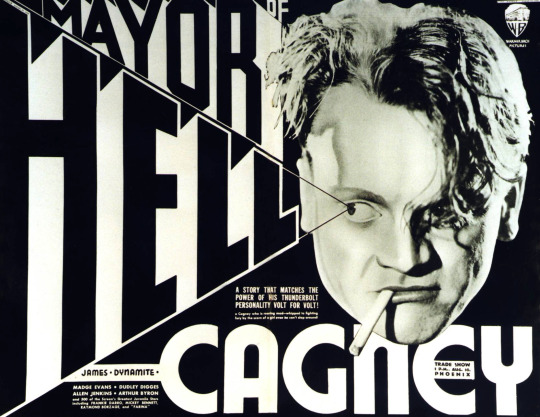
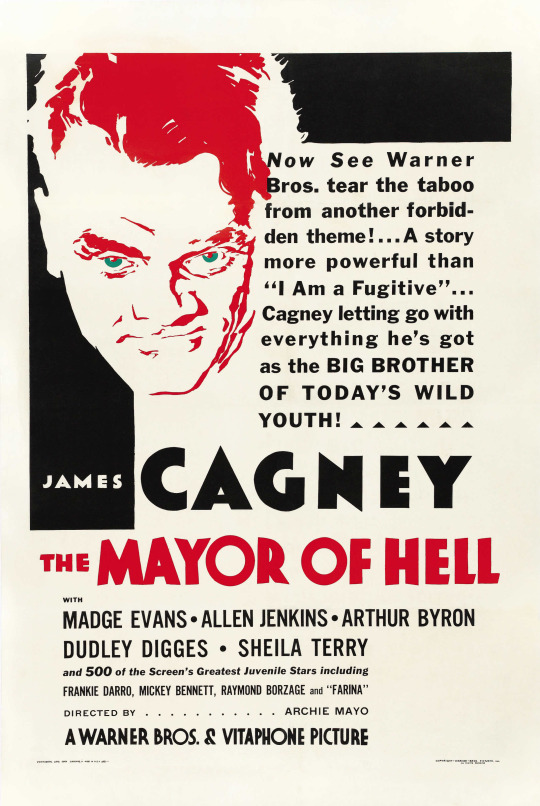

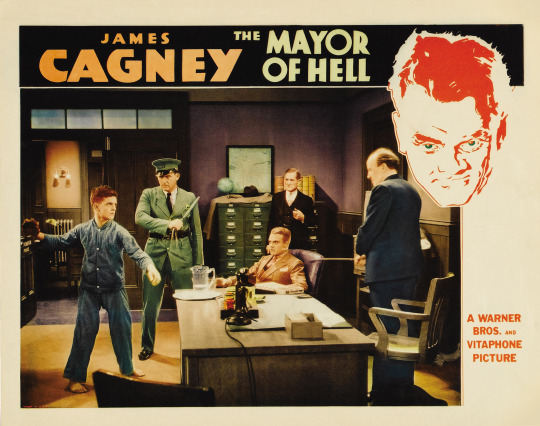


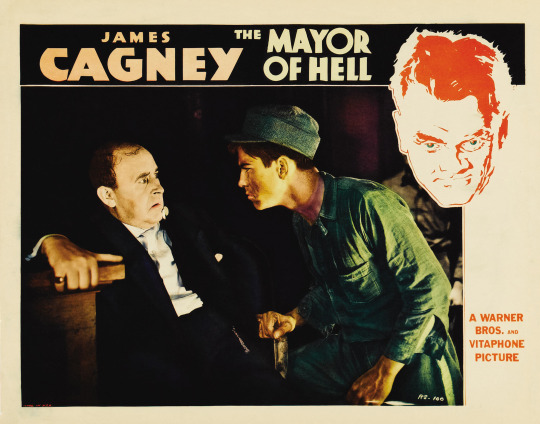
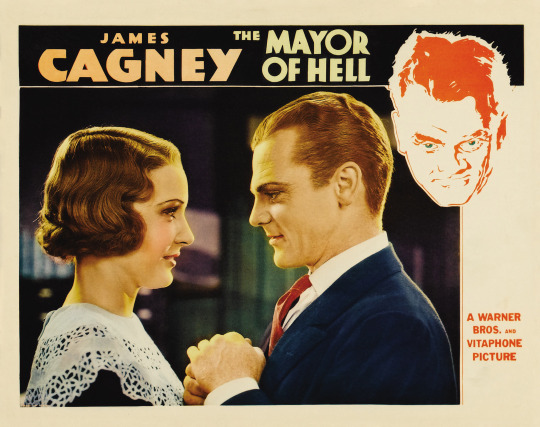
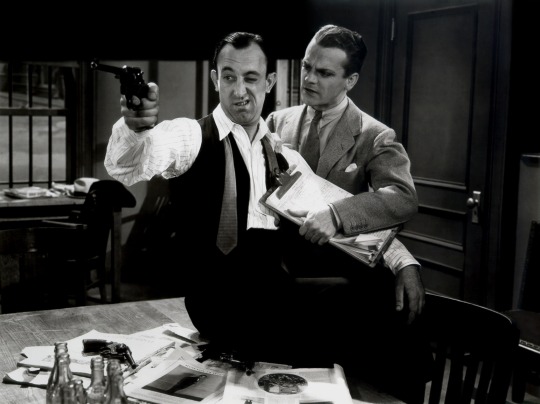

The Mayor of Hell (1933) Archie Mayo
April 8th 2024
#the mayor of hell#1933#archie mayo#james cagney#madge evans#dudley digges#frankie darro#allen jenkins#Reform School#pre-code#PreCodeApril
5 notes
·
View notes
Photo

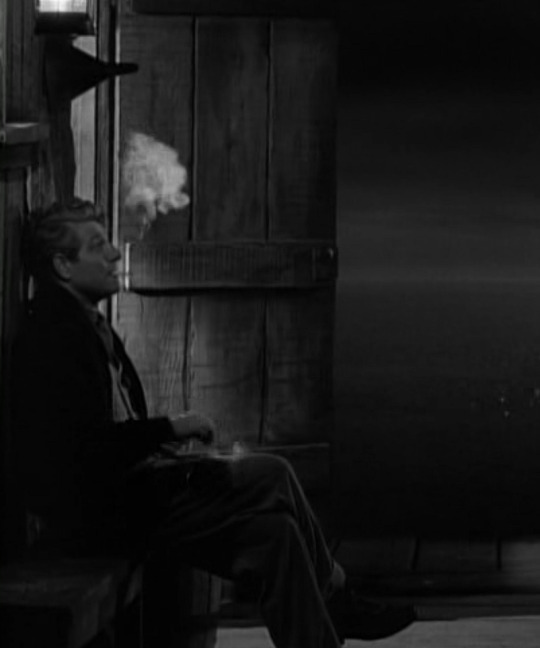

Moontide (1942)
A simple story told in a way that really feels like you are in some kind of a dream. The movie does effortlessly what The Trial \ Le procès (1962) tries so hard and bluntly to do (it succeeds to). Giving you the unease of a nightmare and blissfulness of a happy dream. It’s interesting how going from scene to scene something seemingly random happens while keeping you feeling that it’s actually must be connected and highly significant.


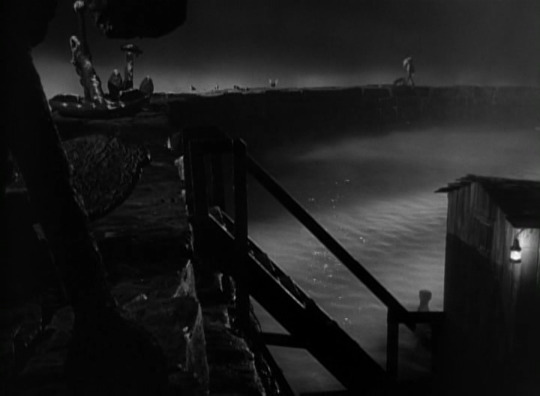

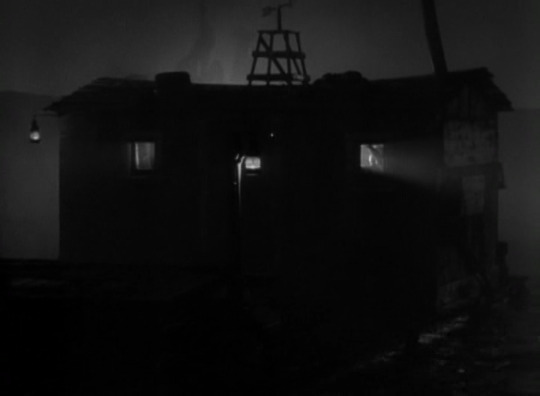
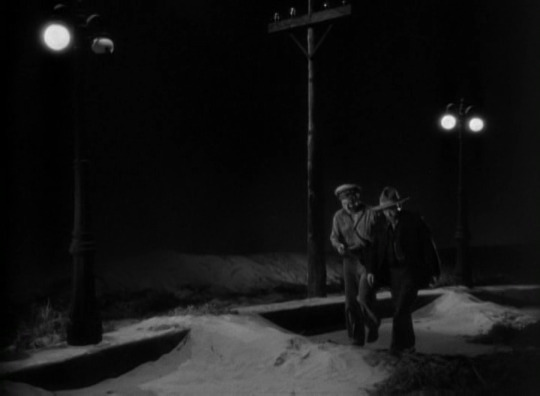
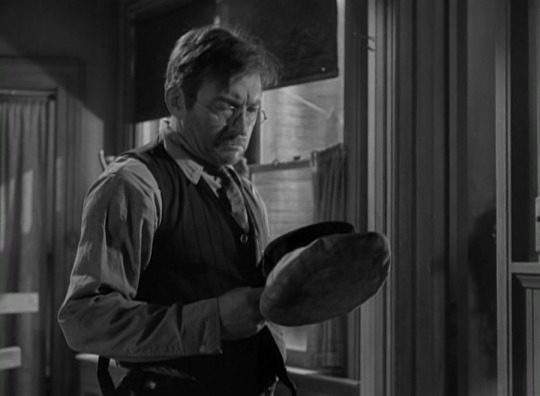
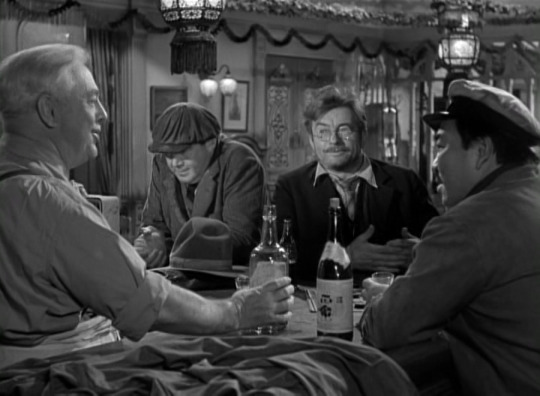


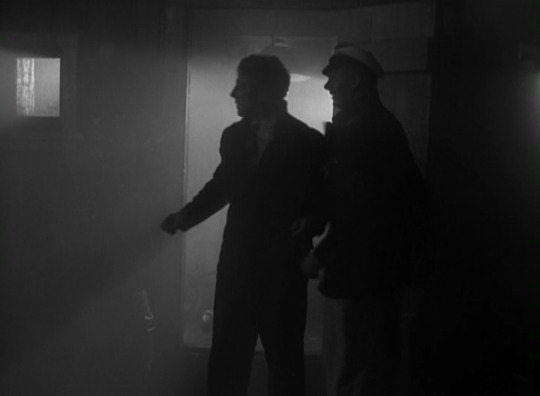
#Ida Lupino#Jean Gabin#Claude Rains#film noir#noir#40s#old hollywood#old movies#cinema#film#ocean#naval base#dock#pieces of cinema#piece of cinema#Thomas Mitchell#Archie Mayo
21 notes
·
View notes
Text
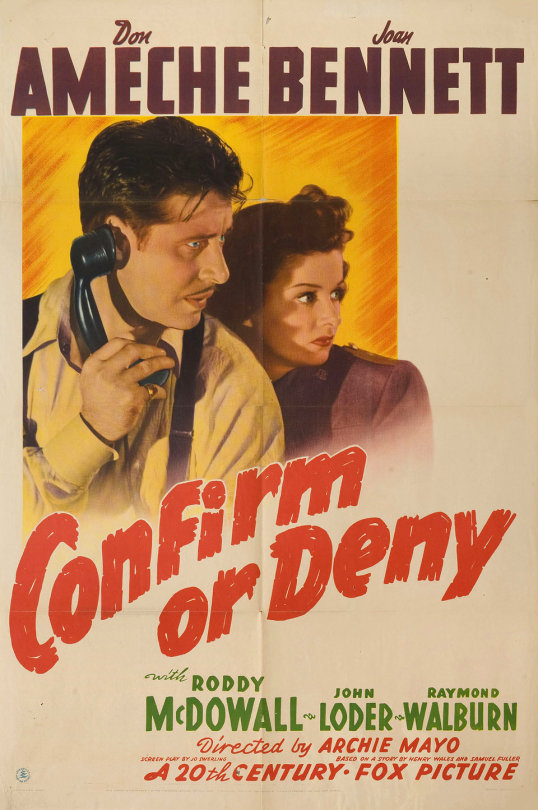
Confirm or Deny (1941), directed by Archie Mayo (January 29, 1891 – December 4, 1968).
5 notes
·
View notes
Text
"It's Love I'm After" (1937) - Archie Mayo


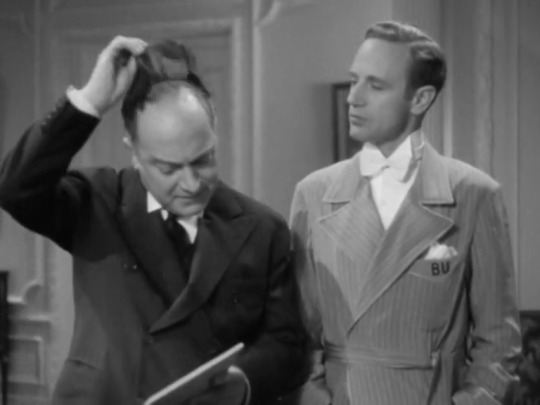


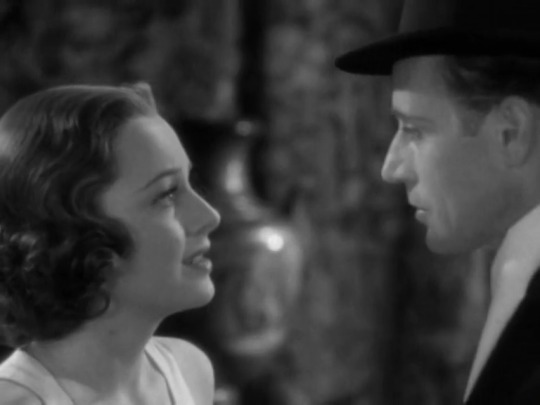



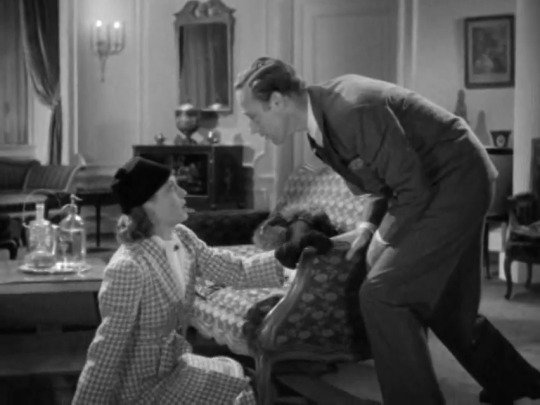
Films I've watched in 2023 (52/119)
#films watched in 2023#It's Love I'm After#Olivia de Havilland#Leslie Howard#Eric Blore#Bette Davies#Patrick Knowles#Bonita Granville#Archie Mayo#motionpicturelover's screencaps
7 notes
·
View notes
Text
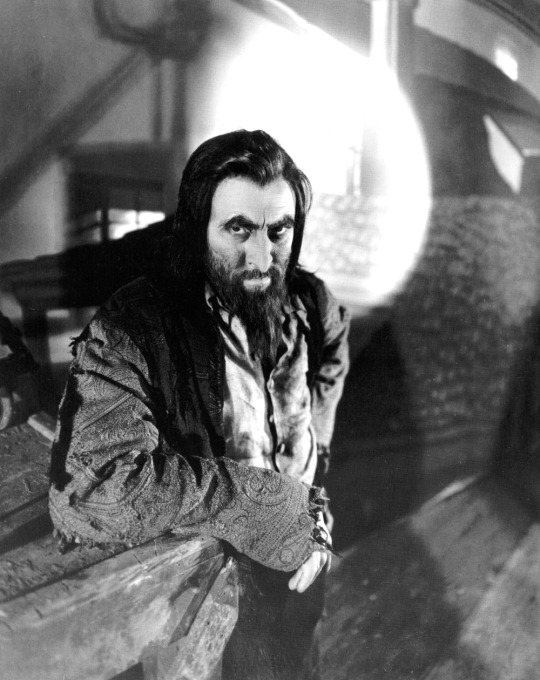
John Barrymore in Svengali (1931)
44 notes
·
View notes
Text

Anne Baxter-Paul Muni "El diablo y yo" (Angel on my shoulder) 1946, de Archie Mayo.
20 notes
·
View notes
Text



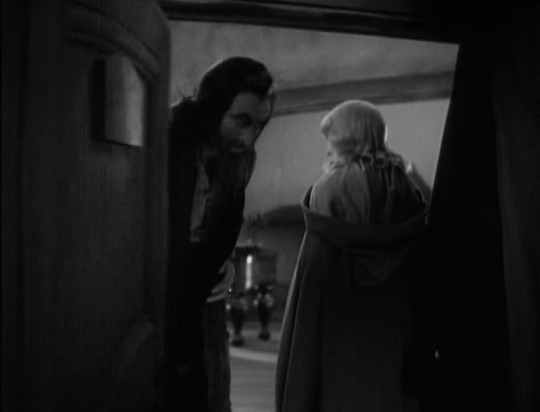
Svengali (1931) dir. Archie Mayo
9 notes
·
View notes
Photo



Gambling Lady (Archie Mayo, 1934)
Cast: Barbara Stanwyck, Joel McCrea, Pat O'Brien, C. Aubrey Smith, Claire Dodd, Robert Barrat, Arthur Vinton, Phillip Reed, Philip Faversham, Robert Elliott, Ferdinand Gottschalk, Willard Robertson, Huey White. Screenplay: Ralph Block, Doris Malloy. Cinematography: George Barnes. Art direction: Anton Grot. Film editing: Harold McLernon. Music: Bernhard Kaun. Costume design: Orry-Kelly.
Barbara Stanwyck is invariably the best reason to watch any of her movies, and never more so than in Gambling Lady. Oh, her supporting cast is just fine: Joel McCrea is her reliable leading man and Claire Dodd makes the most of her rich-bitch foe. And the story, though familiar enough in its outlines and predictable enough in its resolution, keeps your attention, partly because the Production Code hadn't yet put a choke hold on depictions of the seamier side of life. Stanwyck plays Jennifer "Lady" Lee, an honest woman in a shady milieu: She's a professional gambler who refuses to cheat. It's a familiar Stanwyck character: tough but vulnerable, and she gets many chances to show both sides throughout the film. Her best moment, perhaps, comes at the film's climax, when the rich bitch triumphs, forcing Lady to lie to save McCrea's character, the wealthy Garry Madison, whom Lady has married, from jail. So we get Stanwyck putting on a façade of cynical laughter as she pretends she has never really loved Madison but was just in it for the money. We who know the truth can see the tears welling up inside Lady, but Stanwyck successfully keeps up the front before she makes her exit and collapses in grief. This is screen acting at its best, so that even if the plotting is contrived and the situation trite, Stanwyck wins us over, making more of the scene, in fact of the whole movie, than it really deserves.
32 notes
·
View notes
Text
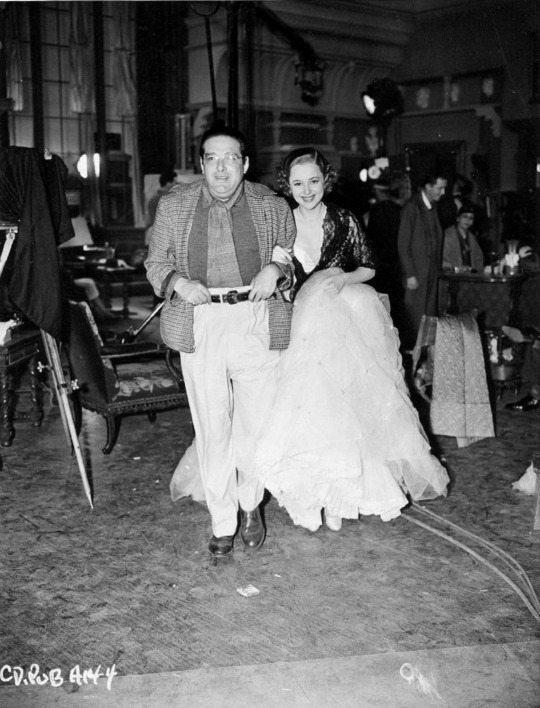
Olivia de Havilland with director Archie Mayo on set of IT'S LOVE I'M AFTER (1937)
32 notes
·
View notes